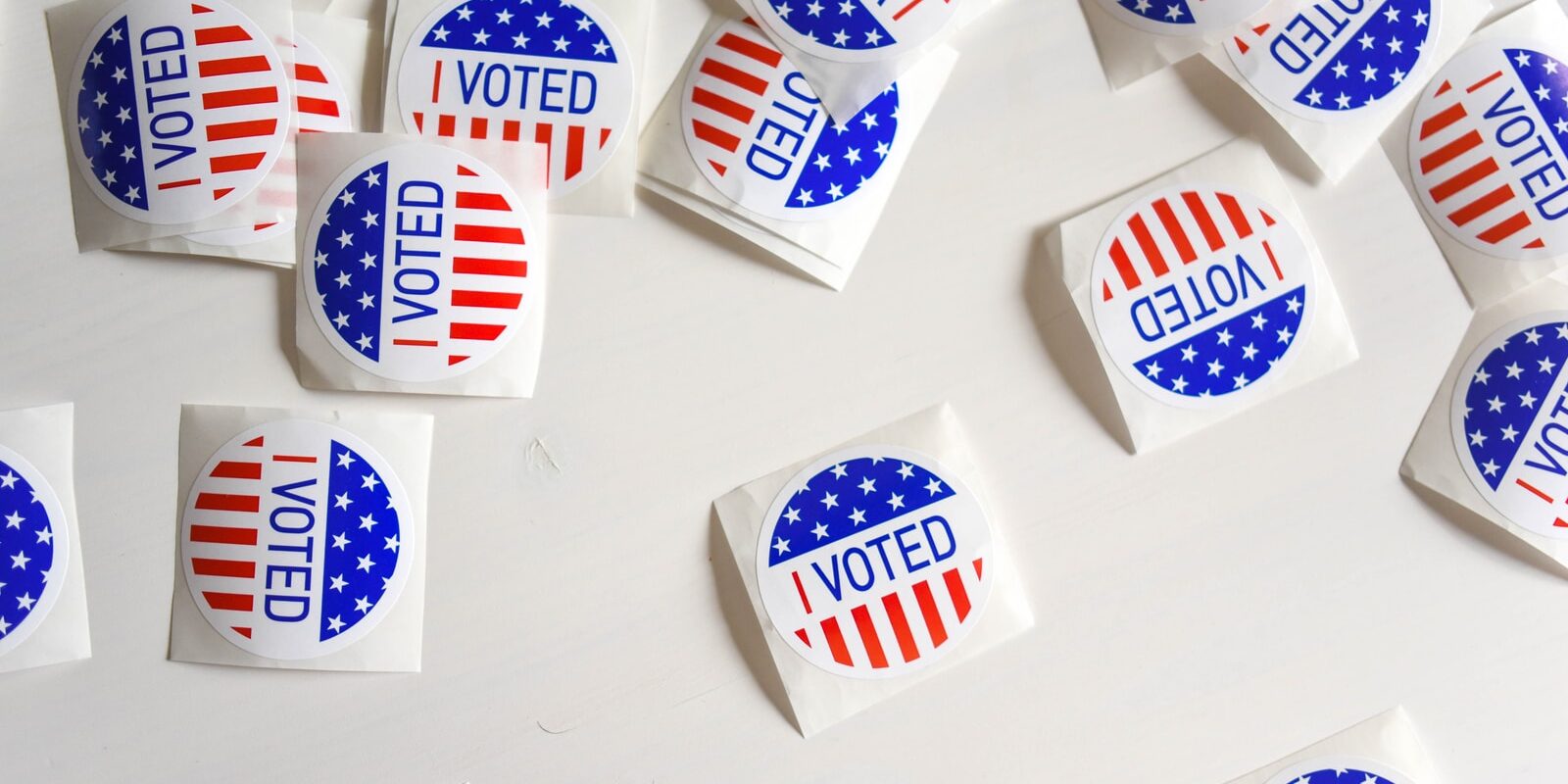
ACTIVITY 2 – POLITICAL PARTY AFFILIATION
OBJECTIVE:
- To assist students in understanding the differences between political parties.
- To provide students with an opportunity to “affiliate” with the major political party of their choice so they can take part in the Kids Voting Mock Convention simulation.
MATERIALS:
- Optional review the Wisconsin Blue Book: Elections and Political Parties
- 2019-2020 Wisconsin Blue Book: Election results and Wisconsin parties (pages 560-624)
- Party Philosophy Quiz
- Official Party Affiliation Form
- State Party Membership List
GET READY:
- Review the information from the Wisconsin Blue Book on political parties to enhance your knowledge of political parties in Wisconsin.
- Make copies of the “Party Philosophy Quiz” for your students.
- Take an online political identification survey so you are familiar with them and develop a discussion guide relative to the questions and how the topics of the questions form the basis for political party differentiation.
INSTRUCTIONS:
- Have students take the Party Philosophy Quiz where they match the explanatory statements to the various parties. Have the students self-correct the quiz with you during a discussion of each political party and the differences between them.
- Encourage your students to take one or both online political identification surveys to assist them determine with which party they are most closely aligned. The two recommended surveys have been developed by the Pew Research Center for the People and the Press – http://www.peoplorg/political-party-quiz/ – and isidewith.com – http://www.isidewith.com/politicalhttp://www.isidewith.com/political-quiz. After your students have taken either or both quizzes on their own, it may be good to lead a class discussion on the questions on how the topics they address differentiate the two major political parties.
- Students who have registered as a Kids Voting voter will be asked to affiliate with a political party.
- Explain to your students that they will be asked to identify their political preference between the Republican Party and the Democratic Party as part of the Kids Voting Mock Political Convention simulation.
- Students who identify with a specific party will be eligible to participate in a simulated National Party
Convention for their chosen party and be eligible to be elected as a delegate or alternate to the Kids
Voting State Party Convention (Activity 5), take part in the development of their chosen party’s platform (Activity 4), and be eligible to seek their party’s nomination for endorsement as President (Activity 3).
- After your students are comfortable with the political preference they have chosen for themselves, have them complete the “Kids Voting Official Party Affiliation Form.” This form simulates a membership form typically used by citizens when they join a political party.
- After the forms are collected, please complete the “Kids Voting Party Membership List,” and email a copy to [email protected] by Friday, September 30. Please keep a list for your records. This list will also be used in Activity 5.
POSSIBLE DISCUSSION QUESTIONS:
- How did political parties develop in the United States?
- Why do “third parties” have a difficult time generating the same level of support that the two “major parties” receive?
- What motivates someone to become a party member or to not become a party member?
- Are political parties relevant in the United States today?
MORE:
- Invite local party leaders to your classroom and have them explain the difference between the two major parties and what is the role of political parties in our system of government.
- Have students attend a local party meeting. Information regarding meetings is available online at http://www.marathondems.com and https://wisgop.org/counties/marathon
- Have students research the philosophical differences between the two major parties and facilitate a student-led classroom debate or discussion between the two parties.
